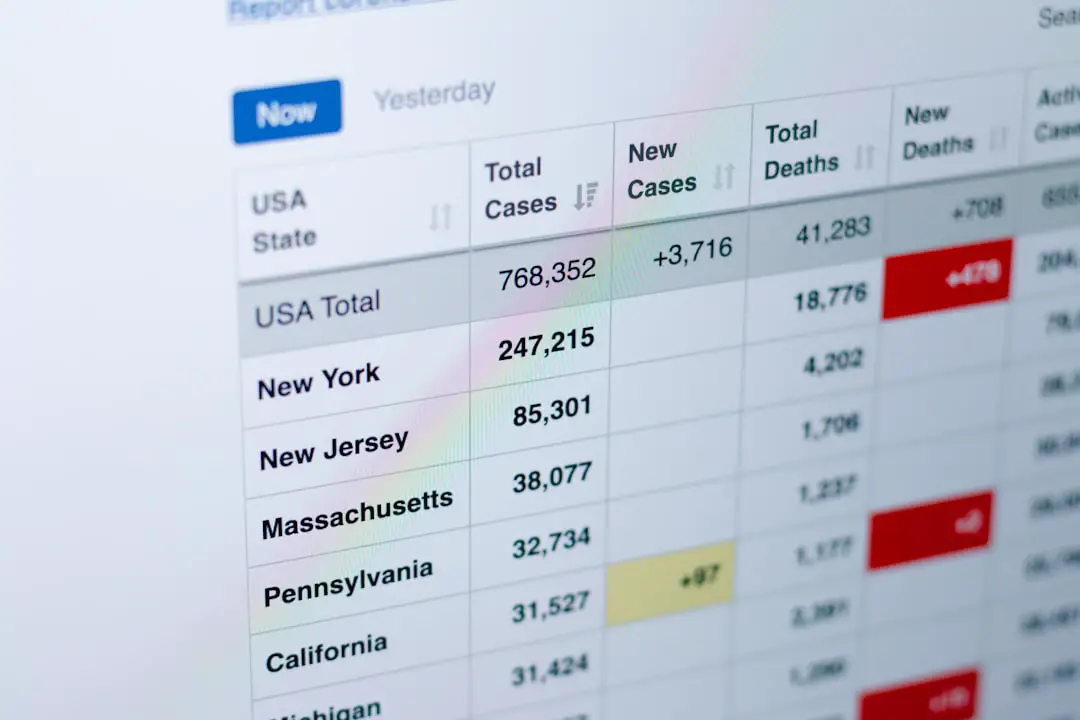Google Analytics 4 (GA4) represents a pivotal shift in how businesses can understand and act on their web and app data. Built with privacy, scalability, and machine learning at its core, GA4 enables organizations not only to collect data but to use advanced modeling techniques to drive informed decisions. Transitioning from simple data exploration to model-based decisioning is a crucial evolution for teams seeking to optimize marketing impact, improve customer experience, and forecast outcomes more precisely.
Understanding GA4: The Foundational Shift
GA4 departs fundamentally from Universal Analytics in how it structures and processes data. With an event-based data model, GA4 promotes granularity and flexibility in data collection. Events can be customized to suit specific needs across e-commerce, B2B, SaaS, and other verticals, allowing analysts to track user interactions in far greater detail.
Key advantages of GA4’s architecture include:
- Event-driven framework – Every interaction is an event, enabling tailored and granular data modeling.
- Cross-platform tracking – Seamless integration across web and app enables unified customer journey analysis.
- Built-in machine learning – Automated insights and predictive metrics facilitated by Google’s artificial intelligence capabilities.
- Enhanced privacy controls – Compatibility with GDPR, CCPA, and other data protection regulations by design.
These attributes equip analysts with a more powerful toolkit for exploring user behavior and using that information for actionable insights.
Explorations in GA4: Unlocking Deeper Insights
GA4’s *Explorations* feature set is a game-changer in the realm of user-centric analytics. With an intuitive UI and flexible data configuration, Explorations empowers analysts to break free from the constraints of traditional reports.
Some of the most valuable Exploration types include:
- Free-form exploration – Drag-and-drop interface for analyzing segments, dimensions, and metrics in custom ways.
- Funnel exploration – Visualize conversion paths and identify drop-off points across user journeys.
- Path exploration – Understand how users navigate through your site or app in a tree-based structure.
- Segment overlap – Compare multiple segments to understand behavioral intersections.
- Cohort exploration – Analyze how user groups behave over time to assess LTV or feature adoption.
Explorations serve as the foundation for what comes next: moving from observed patterns to predictive and prescriptive analytics.

Advanced Modeling: Layering Intelligence on Observations
The real power of GA4 lies in its modeling capabilities—ways in which data is not merely presented, but shaped into forecasts, classifications, and decisions. Google has gradually integrated advanced machine learning models directly into GA4, allowing non-technical users to tap into predictive data analytics.
There are two major directions that advanced modeling takes within GA4:
- Google’s built-in predictive metrics
- Exporting to BigQuery for custom modeling
1. Predictive Metrics: Simplified AI for Marketers
Included within GA4, *predictive metrics* are AI-generated data points based on trends detected in user behavior over time. These are automatically calculated when enough qualifying data is available. Current predictive metrics include:
- Purchase Probability – Likelihood a user will make a purchase within the next 7 days.
- Churn Probability – Likelihood an active user won’t return in the next 7 days.
- Predicted Revenue – Estimated revenue from a user’s activity over the coming week.
These metrics fuel audience creation in GA4, providing smarter targeting lists for Google Ads and shaping personalized messaging strategies across channels. The promise is clear: focus your marketing efforts where they’re statistically more likely to succeed.
2. BigQuery Integration: Custom Modeling at Scale
For teams seeking more nuanced or domain-specific models, GA4’s BigQuery integration is essential. All raw event-level data collected by GA4 can be continuously exported to Google BigQuery in near real time. This unlocks a playground for data scientists and machine learning engineers.
Benefits of modeling in BigQuery include:
- Access to raw data – Enables complex feature engineering and model training without GA4’s UI limitations.
- Scalability of compute power – Leveraging Google Cloud’s infrastructure, even petabyte-scale datasets are tractable.
- Integration with Python and AI tools – Jupyter Notebooks, Vertex AI and TensorFlow can all interact seamlessly with BigQuery data.
Custom models often address highly specific business questions such as:
- Which marketing attribution model most accurately reflects our sales cycle?
- How can we cluster users by behavioral similarity for personalized campaign targeting?
- What factors predict subscription upgrades or account churn?

From Modeling to Decisioning: Operationalizing Insight
Having access to forecast data or modeling output is only half the battle. The key is to turn insights into operational decisions—what’s commonly called decisioning.
In the GA4 ecosystem, this typically happens in one of three ways:
- Audience activation in Google Ads – Predictive or ML-generated audiences synced to paid media campaigns.
- Experimentation and A/B testing – Running test variants informed by modeled user behavior.
- On-site personalization – Customizing content or CTAs based on predicted engagement or revenue potential.
Organizations that effectively bridge the gap between *what the data says* and *what actions are taken* see superior returns on data investments. This is where disciplines such as customer experience, growth marketing, and engineering must align with data science.
Governance and Data Quality in Advanced Modeling
While GA4 offers powerful tools, organizations must also maintain strong governance and data integrity practices. Sophisticated modeling demands high-quality inputs—and bad data in will lead to poor model performance.
Best practices for maintaining modeling readiness include:
- Ensure event tagging consistency – Use a clear schema and governance strategy across all digital properties.
- Define KPIs before modeling – Know what constitutes success in business terms, not just predictive accuracy.
- Monitor for drift and anomalies – Particularly important in machine learning environments where behavior can change rapidly.
Investing in documentation, peer reviews, and version control for modeling pipeline helps ensure replicability and auditability—critical for industries like finance, health, and government.
Preparing for the Future: What Comes After GA4?
The landscape of digital analytics continues to evolve. As privacy regulations tighten and third-party cookies disappear, GA4’s modeling capabilities will only grow more vital. Google is expected to continue expanding functionalities with integrations into adjacent services like Firebase, Ads Data Hub, and Vertex AI.
More models, improved accuracy, and accelerated decisioning loops will become the expectation, not the exception. Businesses that invest early in integrating GA4’s advanced features into their analytics stack will stand a significant advantage over competitors who continue to rely on static dashboards and static reports.
Ultimately, GA4 is not just a measurement platform. It is a launchpad into intelligent decision-making, customer-centric growth, and operational agility driven by evidence.
From Explorations to Decisioning, the journey in GA4 is both technical and strategic. Mastery requires curiosity, rigor, and a cross-functional mindset that values experimentation just as much as execution.
